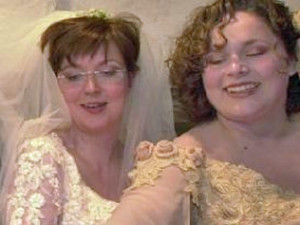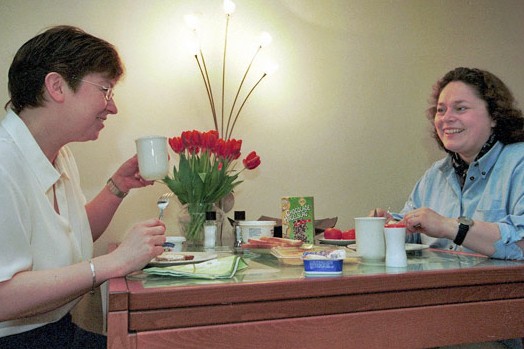In 2001, a year where several U.S. states passed amendments defining marriage between one man and one woman, the Netherlands became the first country in the world to legalize same-sex marriage.
It seemed to be a decision of remarkably little controversy compared to the hodgepodge of current legislation and litigation in U.S. gay marriage laws. LGBTQ activist groups petitioned the Dutch parliament to legalize gay marriage. Parliament appointed a commission to study the issue. The commission took three years to make its ruling that civil marriage should be extended to same-sex couples.

It took a year to draft the legislation that was approved on April 1, 2001. All of that came down to one simple change in Dutch marriage laws: “A marriage can be contracted by two people of different or the same-sex.” Perhaps most remarkably, while the liberal party was in power at the time, a more conservative government was voted in shortly after but showed no desire to repeal it.
At midnight on April 1, 2001, four couples gathered before the mayor of Amsterdam, Job Cohen, to become the first legally married same-sex couples in the world. Anne-Marie Thus and Helene Faasen became the first lesbian couple to marry, along with three male couples.
Between 1,000 and 2,000 same-sex marriages are performed in the Netherlands each year.
Powered by Quist, the free app about LGBTQ history. For more stories like this one, download for your Apple or Android device. quistapp.com.


